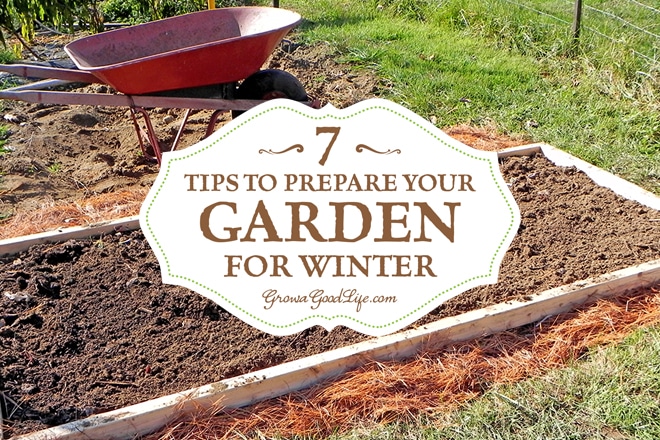Your cart is currently empty!

Tips For Planting a Raised Vegetable Garden

If you are looking for a way to grow fresh vegetables in your backyard, you might want to consider planting a raised vegetable garden. The garden can be placed in the sunniest part of your yard, and you can use a trellis to support the plant vertically. You can use mulch and compost to help the garden grow.
Mulch
Adding mulch to your raised vegetable garden can have many benefits. In addition to preventing erosion, it also helps to control weeds and retain moisture. It is also a good way to prevent disease and to protect plants against harsh weather conditions.
Mulch is made from a wide variety of materials. Some are organic and others are inorganic. Organic mulch is good for adding nutrients and improving soil structure. However, inorganic mulches will not decompose to replenish soil nutrients.
Compost is an organic, low-cost form of mulch. It is made from plant materials such as leaves, grass clippings, and bark. This is ideal for vegetable gardens because it adds organic matter to the soil and has a fine texture.
Wood chip mulch is another good option. Grass clippings are another inexpensive source of mulch. They provide a rich source of nitrogen, which is important for suppressing weeds.
Water
If you’re growing vegetables in a raised garden, you need to keep a close eye on how much water you’re using. In order to do so, you’ll need a rain gauge. You can use a simple meter to check your average weekly rainfall or an elaborate system to water your raised bed.
Watering a raised vegetable garden isn’t the easiest thing in the world to do. Aside from the watering itself, you’ll need to think about the best way to deliver the water.
One of the easiest ways to do this is by using a formal irrigation system. This method allows you to water your raised beds slowly. It also helps protect your topsoil from erosion.
As you grow, you’ll need to adjust your watering schedule as the weather changes. This means that you’ll need to water more often when the temperatures are hot and less often when the weather is cold.
Compost
Compost is a great way to improve the health of your raised vegetable garden. It offers important nutrients and can help keep plants hydrated.
Compost is made from broken down organic materials. This material contains beneficial microorganisms that help plants absorb fertilizers more effectively.
When using compost, it’s a good idea to consider its strengths and weaknesses. For instance, does it work for your specific garden? Some plants require more nutrients than others. What’s the best time of year to add it to your soil?
Adding compost to your garden in the spring will give you the most benefit. You can use it to mulch around individual plants or apply it to the entire bed.
In addition to improving the soil, it also helps reduce the need for frequent watering. Another reason to add compost is its ability to lower your carbon footprint.
Position in sunniest part of yard
The best place for a vegetable garden is a level area. Getting it right is the real challenge. The cheapest way to do it is to build a retaining wall or two. This should be the first step to ensuring good soil drainage. Lastly, you’ll need to have a hose. If you’re lucky enough to be a gardener, you might be able to scrounge up some organic matter for your compost pile.
While you’re at it, you may as well snazz up your yard to boot. Using the same materials, you’ll be able to get one or two raised beds going. Fill them with a combination of compost and topsoil to boot. In addition to the usual suspects, you’ll be able to plant a few extra heirlooms.
Trellis to grow vertically
A trellis is one of the most effective vertical vegetable garden structures. It provides support for the plants while also keeping the fruits of the vines off the ground. Using a trellis reduces insect damage, minimizes the spread of disease and helps the plant to produce more fruit.
Many varieties of vegetables, including cucumbers, melons and tomatoes, grow best on a trellis. However, some may benefit from a cage. Keeping the foliage off the ground also helps to prevent soil-borne diseases from infecting the plants.
Some vegetable and fruit vines can be tied to the trellis with a variety of different methods. These include using twine and cut-a-size twist ties. To reduce the risk of strangulation, plant clips or slings are also a good option.
by
Tags: